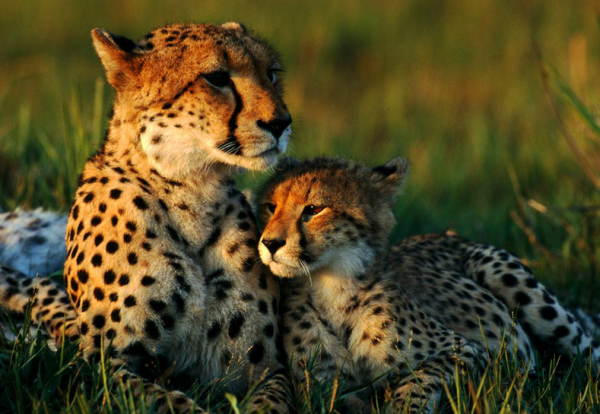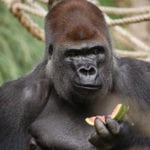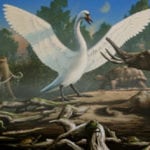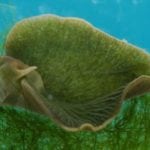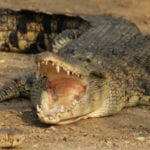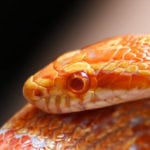 Creepy
Creepy  Creepy
Creepy  Movies and TV
Movies and TV 10 Movies That Get Elite Jobs Right, According to Experts
 Weird Stuff
Weird Stuff 10 Times Real Laws Were Based on Bizarre Hypotheticals
 Animals
Animals 10 Inspiring Tales of Horses Being Human
 Mysteries
Mysteries Top 10 Haunting Facts About the Ghost Ship MV Alta
 History
History 10 Surprising Stories About the Texas Rangers
 Humans
Humans 10 Philosophers Who Were Driven Mad by Their Own Theories
 Miscellaneous
Miscellaneous 10 Video-Game-Worthy Weapons and Armors from History
 Weird Stuff
Weird Stuff 10 Psychics Who Accurately Predicted Wartime Events
 The Arts
The Arts 10 Pieces of Art Inspired by a Broken Heart
 Creepy
Creepy 10 Death Superstitions That Will Give You the Creeps
 Movies and TV
Movies and TV 10 Movies That Get Elite Jobs Right, According to Experts
 Weird Stuff
Weird Stuff 10 Times Real Laws Were Based on Bizarre Hypotheticals
Who's Behind Listverse?

Jamie Frater
Head Editor
Jamie founded Listverse due to an insatiable desire to share fascinating, obscure, and bizarre facts. He has been a guest speaker on numerous national radio and television stations and is a five time published author.
More About Us Animals
Animals 10 Inspiring Tales of Horses Being Human
 Mysteries
Mysteries Top 10 Haunting Facts About the Ghost Ship MV Alta
 History
History 10 Surprising Stories About the Texas Rangers
 Humans
Humans 10 Philosophers Who Were Driven Mad by Their Own Theories
 Miscellaneous
Miscellaneous 10 Video-Game-Worthy Weapons and Armors from History
 Weird Stuff
Weird Stuff 10 Psychics Who Accurately Predicted Wartime Events
 The Arts
The Arts 10 Pieces of Art Inspired by a Broken Heart
10 Pairs of Commonly Confused Animals
It’s a situation familiar to almost everybody: the slowly creeping doubt that sets in when, for example, the gift left by a cat on the doorstep could be either a frog or a toad—or when the animal devouring your little brother looks like a cheetah, but seems to be acting like a leopard.
At moments like these, we’ll usually find ourselves in the company of someone who claims to know the difference. That someone is clearly wrong—but we’d be hard-pressed to say exactly why we think so. Until now:
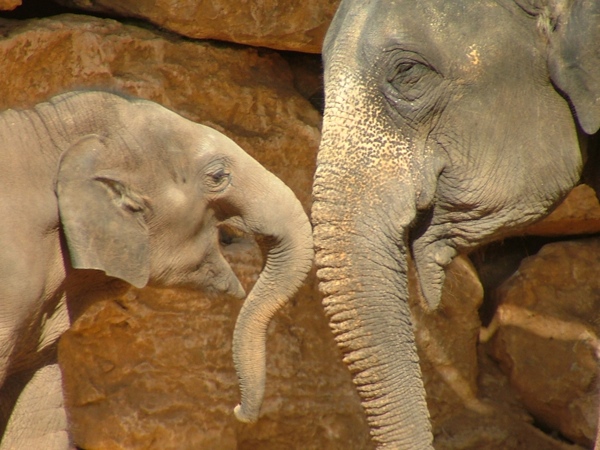
African elephants are slightly larger and slightly heavier than their Asian cousins. But size won’t really help you to identify one from the other unless they’re side by side. To identify a lone elephant, there are two main features to look for: Firstly, an Asian elephant will have two domes on its head while the African will only have one. Secondly, the African elephant’s trunk will have two fingers at its end, whereas the Asian will only have one.
There has only been one recorded instance of the two types breeding. That was in 1978, and the baby, Motty, was a mix of the above characteristics. Unfortunately, Motty died after two weeks.
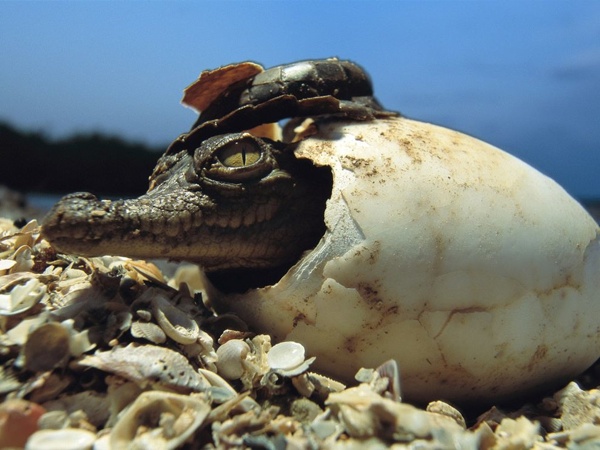
Although both alligators and crocodiles are classified as “crocodylian,” they are two different species with many distinct features. For starters, Alligators, on the other hand, have v-shaped snouts.
Alligators are found in the Americas and China; crocodiles are found in the Americas, Southeast Asia, Africa and Australia. Crocodiles can also lift their bodies off the ground, unlike their cousins.

This one is quite easy to remember once you know the difference. Turtles spend almost all of their lives in the water, and therefore have fins instead of stumps. Sea turtles live almost exclusively in the water, only occasionally venturing onto the sand to lay eggs. Freshwater turtles will sometimes climb onto rocks or banks near their rivers or ponds in order to soak up the sun.
Tortoises, on the other hand, are exclusively land dwelling—they can’t swim at all. They have stubby feet, live in hot and dry places, and dig burrows. Turtles and tortoises cannot mate.
There are many differences between cheetahs and leopards—both in their behavior and in their appearance. The easiest physical difference to spot is that cheetahs have solid, black round spots, while leopards have black patterns shaped like broken rings.
Cheetahs (the fastest land animals on the planet) are twice as fast as leopards—and they hunt during the day. Leopards prefer to hunt at night, and usually drag their prey into treetops. Neither animal is particularly social, but male cheetahs will sometimes form groups of two or three. It is unknown whether or not these animals can cross-breed—and given their dwindling numbers, scientists are unlikely to force them.
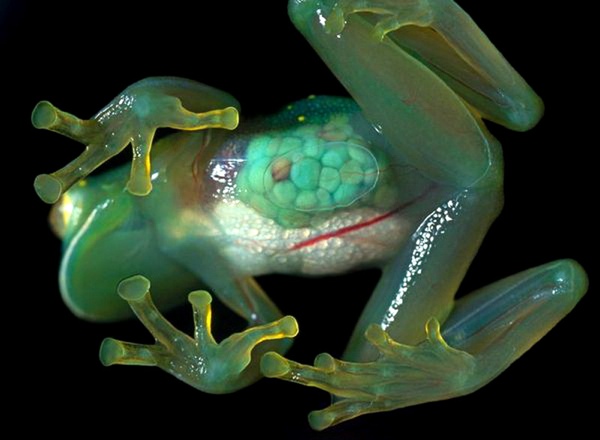
There are more than four hundred different species of frog, and three hundred types of toad, so it’s quite difficult to provide any surefire way of telling the difference.
Generally, frogs are smaller than toads, with bulging eyes, strong legs for jumping, and webbed feet for swimming. Toads’ legs, on the other hand, are more adapted to walking. Frogs have smooth, slimy skin; toads have dry skin covered in warts. Some kinds of frog and toad can mate with one another.
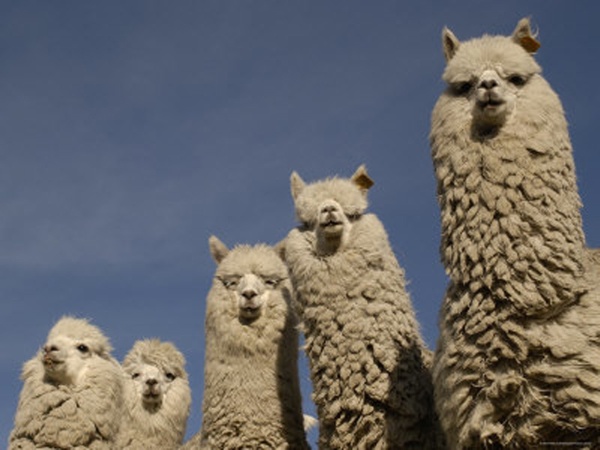
Llamas are about twice the size of alpacas, and the two look so similar it would be easy to confuse an alpaca for a young llama. Despite being so much larger, llamas actually produce far less fleece than alpacas, which have been bred over thousands of years to provide luxurious fiber.
Llamas, rather than being kept for their fleece (which is much rougher than that of Alpacas), are actually bred to be used as a form of transport. The two animals are often seen together, since llamas can be used to guard alpacas and other animals. The two can breed, but this is generally not desirable, since the offspring would be too small for a pack animal and too rough to provide any wool.
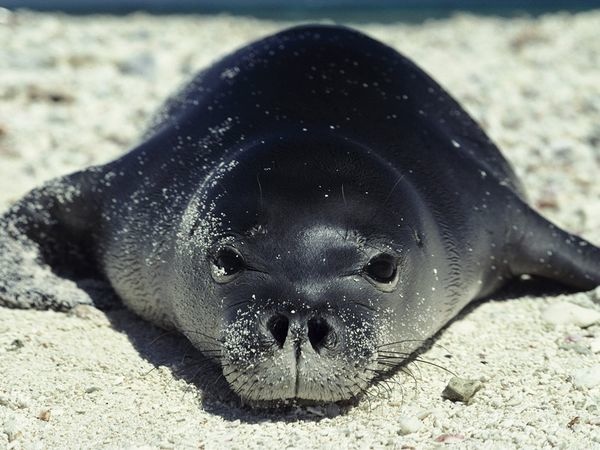
The main difference between seals and sea lions are their flippers. Seals are better suited to traveling in water, while sea lions have adapted to life on land. Seals can dive much deeper than sea lions, but when they reach land they’re unable to hold themselves very well, and have to shimmy along like a caterpillar. Sea lions, on the other hand, can walk and run using their flippers. The two animals don’t interbreed.
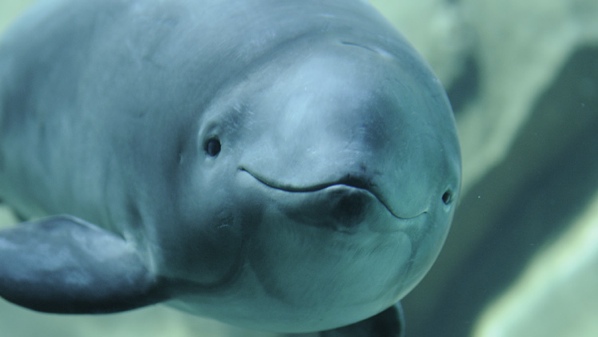
While the difference between these two is clearer than some of the other entries on this list, porpoises are not nearly as familiar or common as dolphins, which means that a lot of people would mistake porpoises for an odd-looking dolphin.
The most visible difference is that dolphins have long snouts protruding from their faces, as opposed to the rounder face of the porpoise, which resembles that of a whale. Another easy-to-spot difference is that porpoises have a solid, triangular dorsal fin, while dolphins have one that is curved like a hook. It is unknown if dolphins and porpoises can breed. Some believe that they are genetically capable, but that they dislike the idea.
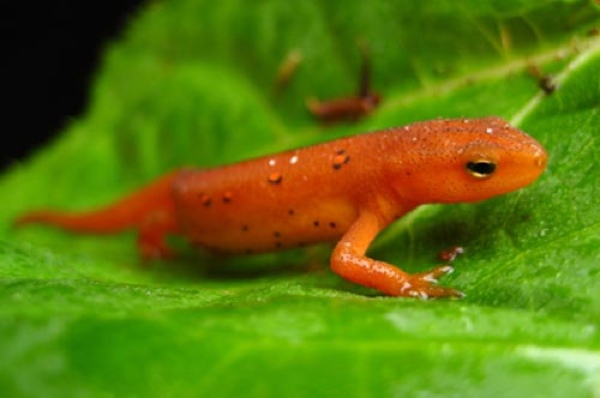
The biggest observable difference between salamanders and lizards is their skin. Lizards have scales, but salamanders have smooth, slimy-looking skin. This is because they are amphibians, and spend a lot of time in water—unlike lizards, which are terrestrial. Lizards also have external ears.
Both lizards and salamanders lay eggs, but only lizard eggs have hard shells, and only lizard hatchlings look like a smaller version of the adults, while young salamanders resemble tadpoles.
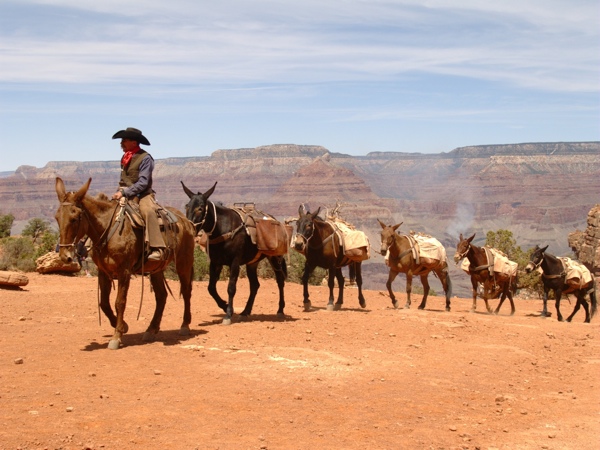
In terms of physical appearance, donkeys and mules are quite similar. Mules have smaller, more horselike ears, and the tail of a horse (long hair coming from a small stump), while donkeys have a tail that more closely resembles that of a cow (a long, continuous muscle, with a small tuft of hair at the end).
But the main difference between donkeys and mules is that mules are sterile—and they’re born by breeding male donkeys with female horses. They are said to be stronger, calmer and more capable workers than donkeys, and even have an extra chromosome.
Follow Simon on Twitter, and perhaps become a fan of his enormous tongue.
